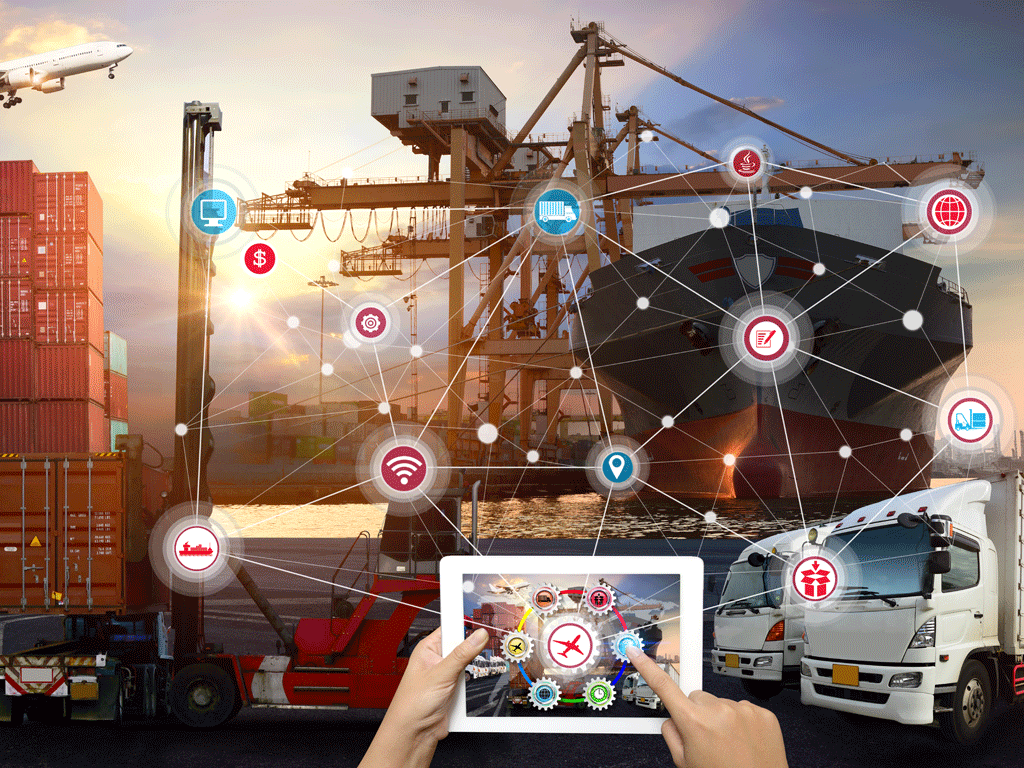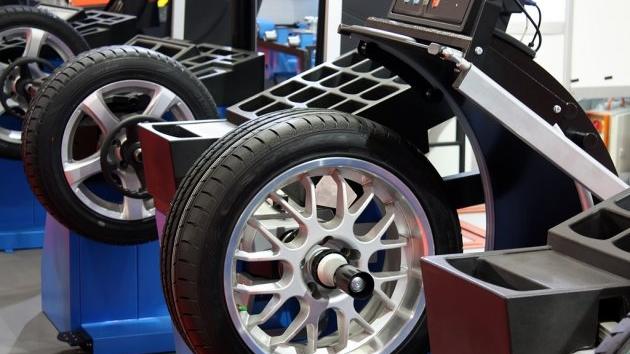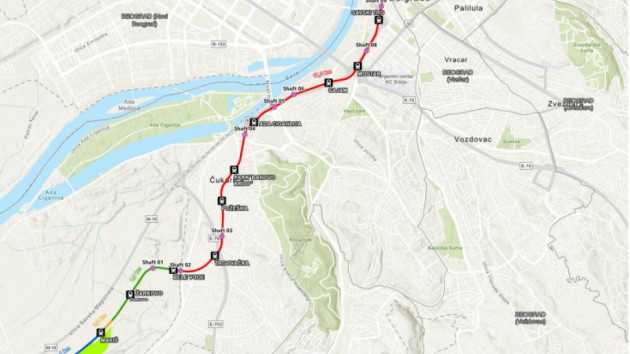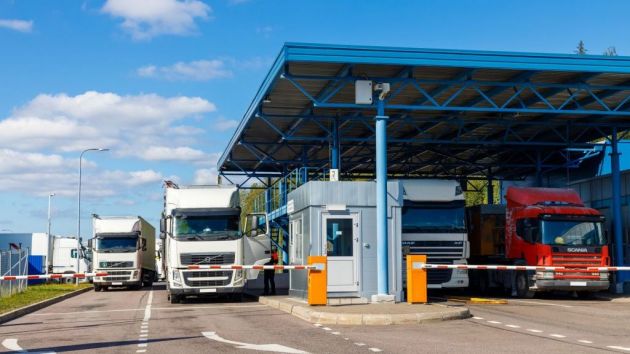It`s no surprise that artificial intelligence (AI) is becoming increasingly present in people`s daily lives through chat systems, image production and interactive games. But what about the logistics chain?
Automation and artificial intelligence are already in use in the logistics sector, but the adoption of these technologies is significantly accelerating this year. A key logistics trend for 2025 is the increased use of robots and automated systems in warehouses, distribution centers and transportation activities.
Some of the key applications of AI in logistics:
- Demand Forecasting: Demand forecasting is the process of analyzing sales history to estimate future needs.
- Route optimization: Route optimization ensures fast and affordable deliveries.
- Personalized service: Providing an improved customer experience.
- Robotics in packaging: Packaging with robotics increases productivity and reduces errors.
- Autonomous vehicles and drones: Autonomous trucks and drones: Lower costs and faster delivery.
Omnichannel logistics is becoming a key critical component of meeting customer expectations this year, as the physical and digital environments become more integrated. Customers are increasingly looking not only for the best price, but also for an integrated, hassle-free shopping experience, regardless of whether they shop online or offline.
The operation of omnichannel logistics is a significant task that requires accurate coordination between inventory, transportation and customer service. As a result, businesses will have to deal with more dynamic inventory, ensuring products are available through different channels at the same time.
It is also crucial that processes are highly coordinated, enabling a comprehensive perspective of the entire operation. This entails ensuring real-time data integration between physical stores, distribution hubs and digital platforms, as well as developing efficient "last mile" methods to meet consumer demands for speed and convenience.
The capacity to adjust supply, change delivery routes and meet peak demand is also required to stand out in an increasingly competitive industry.
In this context, integrated systems such as WMS, OMS and powerful ERPs are becoming critical tools for managing complexity and ensuring a flexible and efficient shopping experience. Of particular note is the OMS system, which serves as the strategic core of omnichannel work - centrally coordinating and orchestrating orders, instantly updating inventory and providing not only fast but also high-quality after-sales service.
3. Supply chain resilience and flexibilityIt seems like only yesterday that the COVID-19 outbreak forced companies to rethink their crisis and emergency management policies, right? The most serious health crisis in recent memory has underscored the need for supply chains to create more resilient tactics that are prepared for unforeseen problems.
Companies continue to invest and develop new techniques that increase flexibility in the event of crises or supply disruptions in 2025, building on lessons learned in 2019.
Diversification of suppliers, less reliance on a single geographic region, and greater visibility across the supply chain are critical steps.
Blockchain technology is one of the logistics trends for 2025 which will help prepare the supply chain by increasing transparency in transactions and product origin. The primary benefit here is more efficient risk management, real-time tracking of commodities and ease of decision-making.
4. IoT and Big Data
The combination of IoT (Internet of Things) and Big Data is not new in logistics, but it continues to change the industry this year as well.
The novelty is that technology is constantly evolving, so connected devices are now able to monitor vehicle performance, store delicate supplies like food and medicine, and even predict equipment failure.
Companies can use the vast amounts of data collected by these devices to spot patterns and trends, anticipate problems and optimize their operations. This technique improves efficiency, reduces costs and improves supply chain security.
5. Sustainable logisticsGreen or sustainable logistics has been a topic in companies since 2012, and environmental concerns only continue to grow in the current year.
Consumers and companies prioritize sustainable practices in logistics chains, such as the use of recyclable packaging, the optimization of routes to reduce CO₂ emissions, investing in electric vehicles or clean energy vehicles, and implementation of "paperless" management systems (such as WMS).
In addition, environmental regulations are becoming increasingly strict, and customer demands are forcing businesses to rethink their operations in order to become more environmentally friendly. The faster your company embraces a sustainable culture, the faster it will adapt to a changing market, gain a competitive advantage and stand out on the market through innovation and social and environmental responsibility.
6. Urban distribution centers and micro-storage
One of the logistics trends for 2025 is proximity to end users, so urban distribution centers and micro-warehousing centers (small warehouses in metropolitan areas) are predicted to gain popularity as a way to shorten delivery times and meet the need for fast deliveries.
This is particularly important for e-commerce and omnichannel organizations which must balance speed and logistics costs. With these structures it is possible to improve the efficiency of "last mile" delivery, offering a better user experience while reducing the load on large traditional distribution hubs.
7. "Delivery on Demand" Logistics
With consumers` growing expectations for fast and personalized deliveries, on-demand logistics will become even more important in 2025.
Business models such as "same-day delivery" and "instant delivery" are emerging, demonstrating that businesses need improved inventory control and an incredibly efficient transportation network.
Customers appreciate the ability to choose delivery times and locations that work with their schedule.
 Sunday, 11.05.2025.
Sunday, 11.05.2025.
 00:02
00:02










 Izdanje Srbija
Izdanje Srbija Serbische Ausgabe
Serbische Ausgabe Izdanje BiH
Izdanje BiH Izdanje Crna Gora
Izdanje Crna Gora


 News
News














